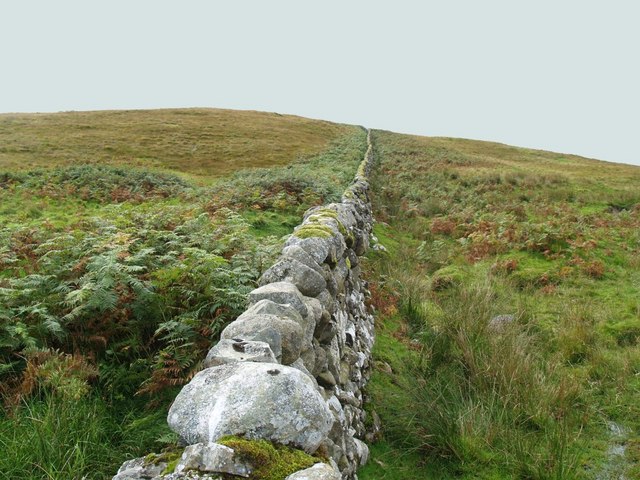Well the Wigtown Book Festival ends in a flurry of wine and lobster, a marvellous reading by Robin Robertson, a pop-up poetry shop and a small downpour of beer and malt.
In the Ploughman I'm talking to a regular who asks if I'm the man who wrote the letter to the Galloway Gazette asking for tales and he regales me with a few. This is the way this most democratic of projects is supposed to work!
Driving back we are chatting about the area at war. There have always been historic stories about that, of course- didn't the gypsy King Billy Marshall desert his regiment every year to go back to the Horse Fair at Rhonehouse?- but the total wars of the 20th Century have brought some different experiences including the settlement of European refugees and ex-POWs, the Ukrainian community near Lockerbie for instance.
I received an e-mail from Mike Craig from Kirkcudbright last week talking about a tale of the volunteers who were supposed, in the event of a German invasion, to operate a campaign of sabotage behind enemy lines. There was a group of 6 men in the Stewartry who were given responsibility for a secret bunker with ammunition and other equipment including a sealed barrel labelled “Navy Rum – NOT To Be Opened before the Invasion”. The group apparently spent the first months of the war plotting how to remove and drink the contents of the barrel without breaking the seals. When the invasion didn't transpire, the bunker was emptied and the equipment given back to the regular army, including the barrel of rum, seal unbroken but needless to say completely empty. It is hard to imagine Hitler's paratroopers prevailing against men of such ingenuity.
Many servicemen came back from the war mentally damaged, of course, my father being one of these. It's only recently I've realised that the generation of teachers I hated at school were probably the same, and that it may not have been completely their fault they were psychopaths who felt the compulsion to hit children over the head with bits of wood or large French dictionaries. After all it must have been a bit of a change, one moment garrotting German soldiers with cheesewire and the next teaching irregular verbs. JZ Graham comes to mind, a man who apparently fought on every side during World War 2, Hairy Nell, Jake Hendry and so on. Their tales must be told. Also the heroic efforts by their charges to defy and subvert them, no less ingenious than the Stewartry Six, they too must be told.

There is a photograph hanging outside the staffroom of Dumfries Academy showing a group of teachers sitting with their mortarboards one summer's day just before World War One. I know nothing about them beyond their names inscribed below the picture. What did I say in the very first post of this series? Where history fails, the gap is filled by myth. Or in this case, a poem:
Hugelshofer, Jackson, Gilruth, Chinnock and Bain
A black and white photograph:
It would be a brave colour
that would infiltrate this group,
sat gowned and booted
outside the school in1913.
They stare at the camera
their mortar boards in unbroken line.
I see it’s sunny, from shadow
and the light like a mortar bomb
bursting through trees behind,
perhaps the end of summer term.
Chinnock is the headmaster
by virtue of his moustache which is bigger
than the sum of the square
of the other two moustaches.
It is a comical moustache though you sense
you would not say this near Chinnock.
Bain does not have a moustache,
she is a woman, and has caused
a small seismic stir in the seating,
you can see it rippling away still.
Jackson
to her left
has pulled some distance away
back towards the Paleozoic era
when women knew they were fish.
Gilruth is the joker of the group,
hat askew, he wears a quizzical look.
His hand is on a chain that dangles
from the deep folds of his jacket.
Perhaps he is thinking if he pulls it,
Chinnock will be ejected into the undergrowth,
then he could sit next at last to Bain,
remove the flowerpot from her head,
and declare his love.
Hugelshofer. Not even port
in the Headmaster’s study
will cheer him up this year.
He knows
the strapping lads he coached this morning
in Catullus
are marked for death.

























